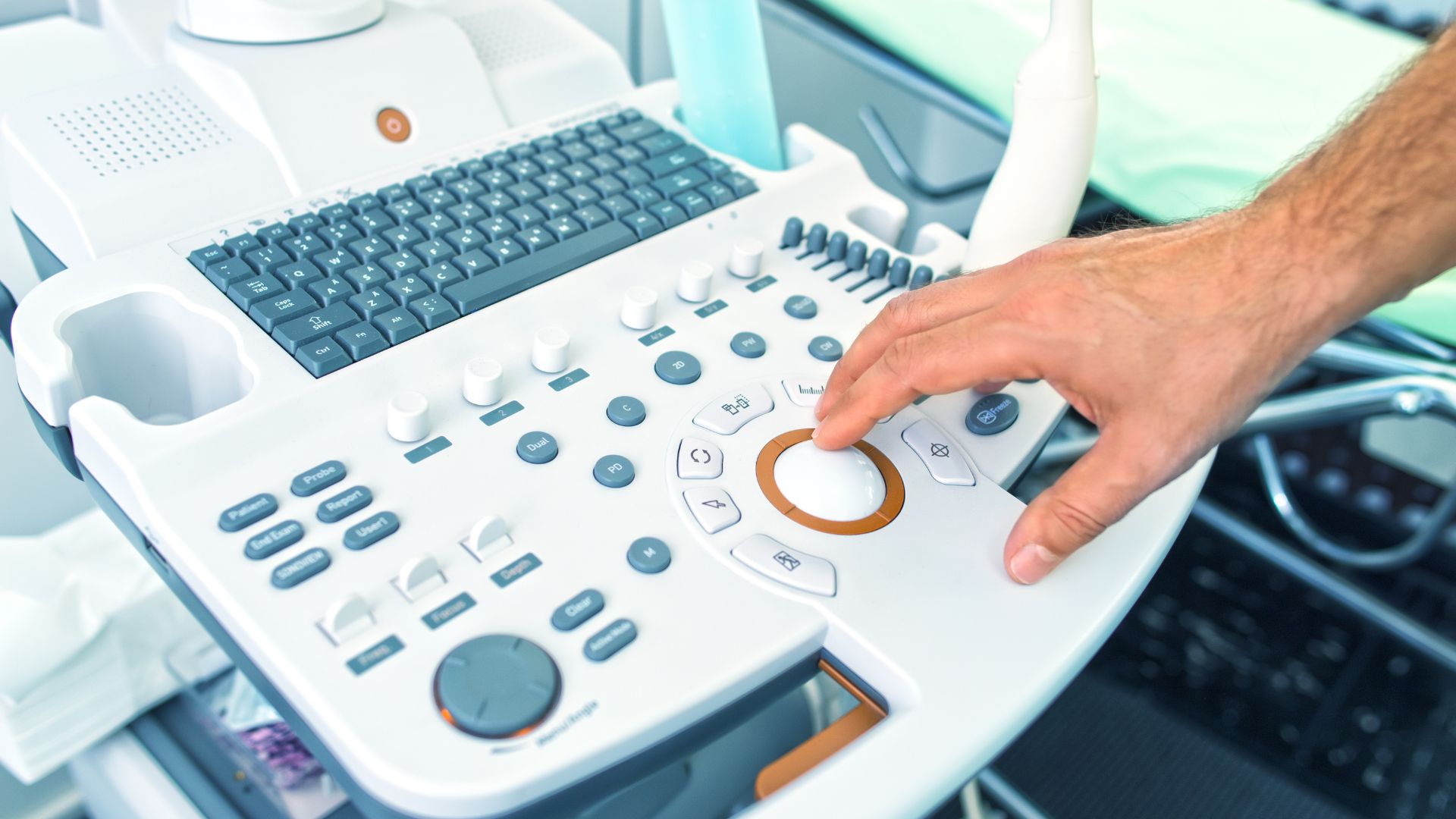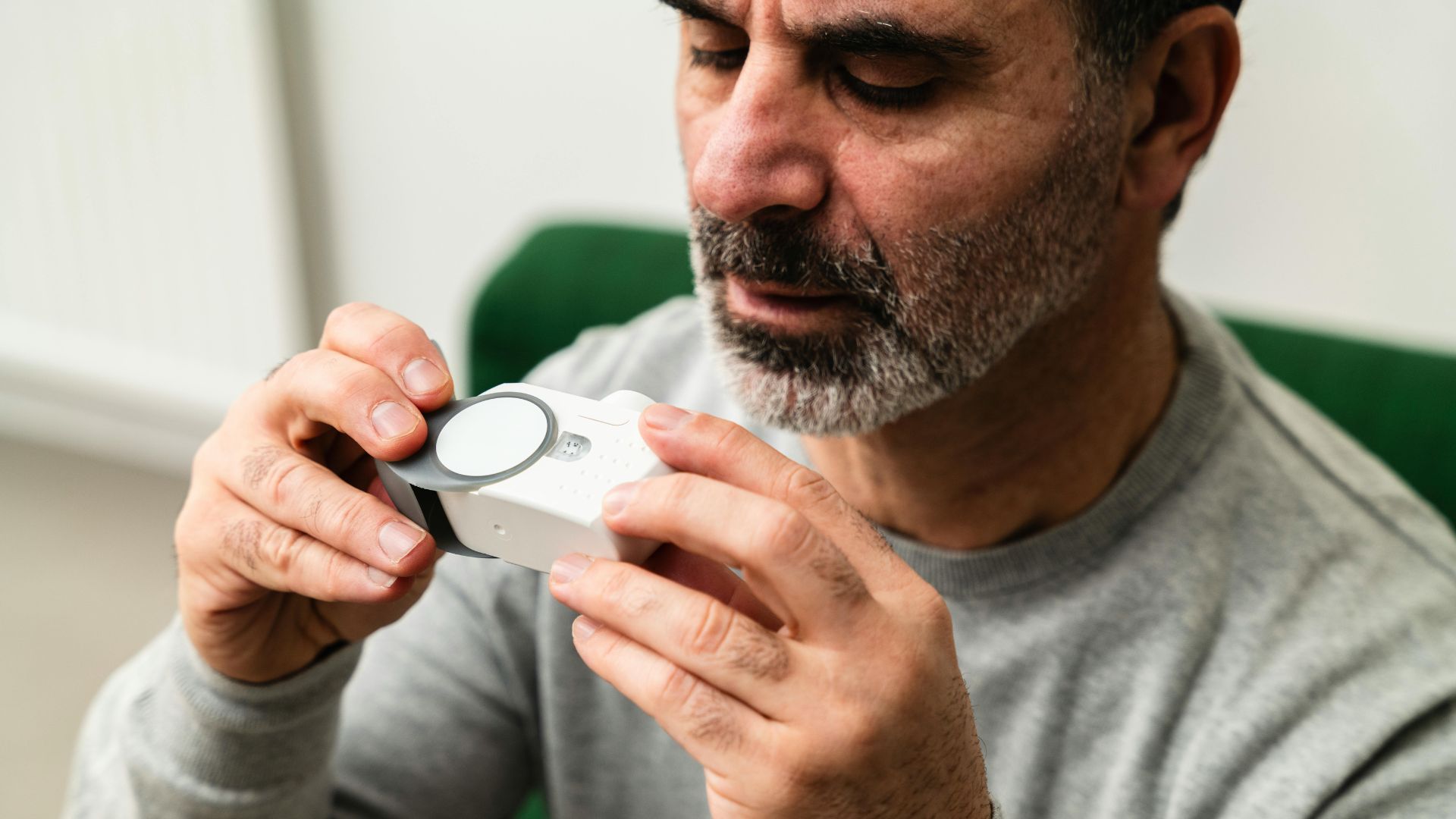The emergence of biologically active dental materials, such as growth factors, stem cell-based therapies & regenerative biomaterials, has revolutionized oral surgery & implant dentistry. However, these advanced therapies fall under the FDA’s most stringent regulatory oversight, requiring compliance with biologics regulations, clinical testing & premarket approvals. Manufacturers must ensure adherence to complex FDA pathways to avoid Import Alerts, clinical holds & enforcement actions.
How the FDA Classifies Dental Biologics
Understanding classification is key to determining regulatory obligations:
- Class II (Moderate Risk): Includes platelet-rich plasma (PRP) systems, bone graft substitutes with synthetic growth factors & collagen-based regenerative membranes. These typically require 510(k) clearance.
- Class III (High Risk): Covers stem cell-based grafts, growth factor-enhanced bone scaffolds & autologous regenerative cell therapies. These require Premarket Approval (PMA) or Biologics License Applications (BLA).
- Combination Products: Materials containing both a biologic & medical device component may require additional review by the FDA’s Center for Biologics Evaluation & Research (CBER).
Key FDA Compliance Requirements for Dental Biologics
To legally market biologic-based dental products in the US, manufacturers must:
- Establishment Registration: Register annually with the FDA.
- Medical Device or Biologic Listing: List each product under the appropriate regulatory framework.
- Biocompatibility & Clinical Testing: Conduct extensive preclinical & clinical trials to confirm safety & efficacy.
- Good Manufacturing Practices (GMP): Follow 21 CFR Part 1271 for Human Cell, Tissue & Cellular-Based Products (HCT/Ps).
- UDI Compliance: Apply Unique Device Identifiers for traceability & recall readiness.
Common Compliance Challenges & Solutions
Manufacturers navigating FDA biologic approvals often face costly setbacks. These case studies show the value of early planning & accurate classification:
Case Study: Growth Factor-Infused Bone Graft Rejected Due to Incomplete Clinical Trials
A manufacturer submitted a 510(k) for a bioactive bone graft, assuming limited trials were needed. The FDA rejected the application due to:
- Inadequate long-term safety data.
- No substantial equivalence to an existing product.
- Reclassification to PMA, delaying market entry by 18 months.
Case Study: Stem Cell-Based Periodontal Therapy Misclassified, Triggering a BLA
A regenerative therapy was submitted as a Class II device but was reclassified as a biologic. The company faced:
- Full-scale clinical trial requirements.
- An IND application before human trials.
- Higher costs & delayed launch.
Regulatory Considerations for Dental Biologics Manufacturers
Key compliance issues to keep in mind:
- FDA User Fees: BLA or PMA pathways involve substantial fees, with possible Small Business Assistance.
- Import Alerts: Non-compliant biologics may be blocked from entry.
- Certificate to Foreign Government (CFG): Often required for international distribution.
- Health Canada Licensing: May require Biologic & Radiopharmaceutical Licensing for Canadian sales.
Sustaining Compliance After Market Entry
FDA approval is just the beginning. Ongoing obligations include:
- Electronic Medical Device Reporting (eMDR): Report all adverse events.
- FOIA Requests: Research competitors & anticipate regulatory trends.
- GMP Oversight: Expect ongoing FDA inspections for biologics.
- Regulatory Consulting: Ensure continued alignment with evolving standards.
Navigating the Complex Landscape of Dental Biologics
Bringing dental biologics, growth factors & stem cell-based therapies to the US market demands more than a strong product—it requires clinical validation, expert navigation of FDA classifications & strict GMP adherence. Manufacturers that invest in regulatory strategy early can accelerate approval, reduce delays & establish themselves in the growing regenerative dentistry field.








